How we can redesign urban stormwater systems
As described in my previous blog post, there is an increasing need for better handling of our precipitation and its transition to runoff. There are numerous benefits from proper management of stormwater before it leaves our landscape. Here, I’ll take you through some of the issues with the design of our current systems, then to what are characteristics of an ideal stormwater management system, and finally to several strategies that can be implemented to manifest the ideal system within an urban environment.
Oh, and this article is best processed with a refreshing glass of water. You might as well throw in some ice if it’s nice out. All the more refreshing.
Here goes…
Current systems in urban areas are designed to remove water as quickly as possible from the landscape.
This partly stems from the risks of standing water and saturated soil around the built environment and partly from a devaluation of the benefits of water retention in the landscape. The following characteristics are a result of conventional design practices.
Pollutant runoff is often the first noticeable effect of current drainage design. Most urban areas witness a high level of varied chemical exposure compared to other areas – motor oil, gasoline, industrial spills, combustion exhaust, salt in cold climates, litter, and so on. These chemicals are washed away quickly in a precipitation event, ending up in rivers and reservoirs and eventually the ocean and groundwater. This runoff is a major factor in water pollution in rivers, lakes, and the oceans.
Combined Sewer Overflows are becoming a major problem in many urban areas. A combined sewer is a sewer system that allows sewage and stormwater runoff to flow into the same drain, both of which then are treated at a wastewater treatment facility. During large precipitation events, these systems do not have the capacity to handle the large bursts of runoff. So the excess runoff goes into an overflow – often a tributary stream or river that then flows into the main river or lake of the region. This means raw sewage ends up in our water systems. Many cities have a combined sewer system that was not designed for the current urban population that they support, leading to large overflows.
Low surface absorption is a result of a densely built environment that perceives water in the landscape as a detriment.
Water can cause erosion, freeze-thaw issues, and leakage into subsurface structures. Thus, most built areas are designed with a roof that sheds water as quickly as possible, a surface that angles water away from foundations, parking areas with drains to remove water, and drains to direct runoff to sewers. Roads are likewise designed to shed water to the side where drains or culverts direct the water to the sewer system. All of this engineered runoff prevents absorption into the soil to hold moisture and replenish groundwater systems. It makes sense why water is rushed away as quickly as possible, but with proper design we will see that water is a valuable asset.
The low surface absorption in urban areas is also largely a result of a high percentage of impervious surfaces that have 100% runoff. These areas can be more responsibly designed with replacement by permeable surfaces or by complementing with water absorption areas.
Topsoil loss occurs in urban areas where there is existing soil. Due to the high level of impervious surfaces, water often rushes from these surfaces into the landscape at high enough velocities to wash away the topsoil. The result is soils deficient in proper nutrients and organic matter to provide adequate conditions for plant growth.
Climate extremes are made even more extreme in the urban environment by conventional drainage design. The two greatest buffers of climate extremes are plants and water. By whisking the water away from the landscape it not only becomes more difficult to grow plants without replacing water through irrigation, but it also reduces the capacity of the soil to buffer conditions through its moisture content. Water has the capacity to regulate temperature through its high specific heat capacity, meaning that it absorbs and releases heat energy to slow temperature changes from one extreme to another. Without moisture in the soil it not only becomes difficult to support life, but also has much less capacity to help modulate temperature extremes.
An Urban desert is the overall result of these combined effects of current landscape design practices in urban areas. This means that a large amount of purified and chlorinated water is then wasted to irrigate any existing plantings in the urban area to accommodate for lack of design that could otherwise help mitigate the urban desert conditions. With a high density of vertical structures combined with a high percentage of impervious surfaces and widespread design to remove water from the built environment, the result is an area that becomes quickly devoid of any moisture even hours after a heavy precipitation event. The result is further extremes in temperature combined with an increasingly sterile and inhospitable environment for plants and humans.
How’s that water taste?
Like I stated earlier, there are very sensible and responsible reasons for the way urban areas are designed to handle water and channel runoff. I just think we can do much better. We can substantially improve the urban environment inhabited by so many people without such detrimental effects upon our water systems and remaining landscapes.
So how do we create this new, more appropriately designed environment where it’s so great for people to live? I’m glad you’re so interested. Before we get into specific strategies for more appropriate design, I first want to describe what an ideal urban design would entail.
If you just can’t wait, use your superpowers to scroll down. Don’t worry; I won’t be offended because I won’t see you do it. Although I will be impressed with your superpowers.
Ideal Urban Stormwater Design
An ideal design for urban stormwater mitigation systems would exhibit the following characteristics in order to benefit the natural environment, the humans living in these areas, and the aesthetic value of the urban environment.
Low surface runoff is a primary indicator of a well-designed urban stormwater system. High levels of runoff cause many adverse outcomes in the landscape and downstream of the designed area, including erosion, algae blooms, and flooding. In contrast, a landscape that retains and slowly disperses water has many positive outcomes in the immediate landscape, as well as downstream of the designed area, including drought tolerance, topsoil preservation, and buffering of temperature change.
High retention of water in the landscape is important to help prevent high runoff, reduce erosion, and support soil and plant life. Most often, we see water retention in the form of ‘retention ponds.’ While these are certainly better than allowing water to rush out of the landscape immediately after a precipitation event, they are also limited in their benefit to the surrounding environment depending upon their location and design. A pond is often located at the lowest grade on the landscape before overflows exit the property, or it is often located as part of a surface water drainage, meaning there is a creek or sewer ditch running into the pond and water leaves at the other end in the same volume and manner to rush away into a surface water runoff system. By designing a high level of retention as high in the landscape and with the highest dispersion possible, the landscape receives full benefit of the water that falls upon it.
Enhanced topsoil is a beneficial and deliberate consequence of good conscious stormwater mitigation design. By reducing the velocity and quantity of runoff, there is less disruption of the topsoil. In addition, the increased moisture present over longer periods allows a more hospitable environment for microorganisms to enhance the soil health.
Climate buffering is the result of combined effects of increased moisture, soil health, and plant life. By having a diverse and thriving ecosystem within the urban core, the temperature, wind, moisture, and other buffering effects of natural ecosystems are given the opportunity to enhance urban life.
An Urban forest and increased greenspace is the net outcome of responsible practices for urban stormwater mitigation. Because water is so crucial to all life on this planet, the effects of responsible water management are highly impactful. Instead of freezing windy parking lots in the winter and blistering hot conditions on that same lot in the summer, we can properly design open and functional spaces within the urban core to be pleasant and appealing. Likewise, we can design urban rooftops as oases of green away from the hustling life below. They become attractions and unique climates atop the high rises for increased appeal. Let’s bring nature back to the city. What’s not to love?
So at this point, your glass of water may be mostly empty, but hey – that means it’s still partly full! Heck, get a refill if you want. It’s good for you. I hope that compared to earlier, it tastes clean, refreshing, and plentiful. Because now we’re going to get in to the details of just how we implement our ideal vision of stormwater mitigation within the urban environment.
Strategies
Strategies for appropriate stormwater mitigation in urban areas can take many forms. The overall intent here is to catch and hold water in the appropriate locations to extend availability in the landscape and provide the benefits already mentioned.
Engineered rainwater catchment systems are one of the most conducive stormwater mitigation strategies available in urban areas. Because such a high percentage of the land is built and developed, there is only a small amount of land left for soil design. This calls for a different form of design, where the rainwater systems are designed to be part of the built environment. This can take many forms and there are some cool ideas being tested, but we will cover some of the main examples.
Roof catchment is the ideal situation, as we can keep water at its highest level in the built environment. This allows the greatest amount of potential energy and the most efficient use of water as it travels downward. The idea of ‘green roofs’ are quickly becoming more popular, as they should. These redesigned roof systems are able to insulate buildings, reduce runoff, and provide a pleasant environment at the top of a building. With every inch of space in the urban environment at a premium, it is surprising that each rooftop has not already been converted into its own private park, recreation area, or oasis. While there are engineering constraints that may limit plantings on existing buildings, any new constructions should certainly consider what to do with the roof.
The roof can also be used simply as a retention area for water. These could even be designed into the plumbing system for flushing toilets if done properly or for irrigation at the ground level. The possibilities are numerous.
Ground catchment is the next strategy, surprise. Again, ground catchment can take many forms. I am specifically talking about built structures designed to hold water. These are not only helpful in reducing runoff, but also helpful in watering remaining landscapes. Again, this offers plenty of opportunity for creative and useful design, with water systems being either decorative or functional or both. For example, a park could be designed with long shallow walls used as borders and benches. In addition, these walls could capture the runoff of a few nearby buildings and allow the water to feed slow irrigation systems in the park. Another possibility comes to mind: A park I grew up visiting has a large reservoir underground with a shallow pond on top that is very popular. Although this reservoir once was for drinking water storage, similar systems could also be designed for our stormwater runoff, creating both pleasurable and functional space into the built environment.
Spending the time and money required for infrastructure such as these examples would provide a return of eliminating needs for water demand and preventing the negative effects of current stormwater design. These systems are meant to be designed to operate passively, requiring minimal maintenance and operating cost.
Retention areas are another way that stormwater can be held in the landscape. With space at a premium, retention areas can take up otherwise valuable real estate in the urban environment. Yet most urban areas have small pockets of unused space that can serve as retention areas and pleasant natural areas. These spaces can again be used to feed into landscaping areas downgrade without much effort once implemented. In addition, proper planting design can filter out pollutants and make for a pleasant green space for visitors.
Earthwork rainwater catchment systems are a second strategy that will slow the escape of water from urban areas. I put this after engineered catchment systems for two reasons. First, so much of the land surface in urban areas is covered by the built environment that it is difficult to completely and properly manage stormwater runoff through earthworks. Second, buildings hold a significant advantage to ground level earthworks in their ability to hold water at higher levels, storing potential energy for more efficient use.
Rather than simply build retention ponds on the lowest grade in the landscape, there are other ways to design the retention system for increased benefit to the surrounding landscape. Some examples are as follows. First, we can design multiple retention areas in place of one retention area at the lowest grade. These other areas will be above grade and allow infiltration of surface water into the landscape. This infiltration can be achieved in multiple ways, including a very wide overflow system, semi-porous lining, or a gabion system in the downgrade overflow. In a one-sentence definition, a gabion is a series of bundled rocks arranged in a manner to disperse high volumes of water across an area while decreasing water velocity.
Water retention within a landscape for maximum benefit can be achieved through earthworks such as swales, terraces, or keylines. These earthworks are often used in agricultural applications, but if designed properly are very effective and beneficial in a designed landscape.
Swales are wide shallow ditches constructed along a contour line, with a similar low wide berm on the downgrade side. A well designed swale system catches any water runoff, and then slowly soaks the water into the soil. With conscious design, these can be implemented in a very aesthetically pleasing manner.
Terraces are shallow steps built along a contour line, often on relatively steep grades. The result of terracing is very similar to the effects of a swale – water is halted in its departure from the landscape long enough to absorb a significant amount into the soil. The most common association with terracing is rice paddies. Again, terracing can be implemented in an aesthetically pleasing manner if designed consciously.
Keylines are shallow grooves placed into the soil with an agricultural keyline plow. They can be done on contour or at a very slight grade and serve to slow or halt runoff of water and topsoil while promoting infiltration and absorption. In the designed landscape, these can be applied in open spaces and for erosion prevention.
Parking areas can be redesigned to allow more dynamic use of the space. From nearly every point in an urban center, you can often see a parking lot or garage. These spaces are designed for a single purpose – to store our vehicles while we navigate the city otherwise. Conventionally designed parking lots currently yield 100% runoff to the existing stormwater system: gas, oil, salt, cigarette butts, and all. Whenever a space serves one single function, there is an opportunity. Here are some of those opportunities with parking lots.
Porous surfaces can be used in place of non-porous surfaces to allow increased absorption for reduced runoff on surface-level lots. These lots can be designed with porous surface materials that are recently becoming available to allow water to filter through the surface instead of into a drain.
Vegetated sections can be designed into lots that capture drainage to utilize and allow infiltration into the soil. These can be constructed on contour or in a depression to capture as much water as possible.
Parking garage redesign can reduce runoff from the building, utilizing some of the previously mentioned strategies. The first approach is the addition of a green roof to the top of the building, creating an attractive space that can become an attraction in itself and allowing for partial or complete absorption of precipitation. A second approach could be the construction of runoff areas outside of the building that capture and retain runoff. These could take the form of planted boxes that capture and utilize the runoff and provide design aesthetic to the building, with any excess runoff dripping down to the planted box at the next level. There are many other possibilities to reduce or better utilize the runoff from parking areas.
There are many other ways that water can be utilized as the precious resource it is, especially in urban areas. All we need is a little creativity and understanding to revolutionize the way we view and utilize water in the city.
On the small scale these strategies will help to reduce erosion and reduce maintenance of the existing landscape by providing a resilient form of irrigation. On a large scale these strategies will enhance the health and vitality of the urban core while lessening the impact of combined sewer overflow and flooding events in waterways. Picture the enhanced greenspaces that are assisted through appropriate stormwater techniques as a giant lung that filters the dense urban air for a healthier city.
Oh, and thanks for having a glass of water with me – so refreshing. It’s as if it were life-giving!
Be sure to stay tuned for part three of this four-part series: Strategies for Suburban Stormwater Mitigation!
Ready to take action? Have other ideas? Leave a comment below and share with everyone!
“We need nature as much in the city as in the countryside.
In order to endure we must maintain the bounty of that great cornucopia which is our inheritance. It is clear that we must look deep to the values which we hold. These must be transformed if we are to reap the bounty and create that fine visage for the home of the brave and the land of the free. We need, not only a better view of man and nature, but a working method by which the least of us can ensure that the product of his works is not more despoliation.”
-Ian McHarg, Design with Nature
More Resources:
The US EPA has some great resources on understanding runoff and associated risks, along with some practices to implement as solutions.
Urban Nonpoint Source Pollution – a factsheet outlining how urban pollutants and impervious surfaces affect water systems.
Managing Urban Runoff – a list of resources to design more responsible urban runoff systems.
Green Infrastructure – an exhaustive resource of tools, training, literature, and case studies on ‘green’ design. Essentially, a bunch of different strategies to help mitigate runoff issues and other issues in urban design. Definitely worth at least a glance.
Low Impact Development (LID) – another resource outlining strategies to provide more responsible design in urban areas.
Image Credits: Flickr Nicole Yeary, Noelle Murata, Wayan Vota, eutrophication hypoxia, diane cordell, kcxd, Sheri Miklaski, Rory Hyde, edibleoffice, Milkwood.net, Khanh Hmoong, Milkwood.net



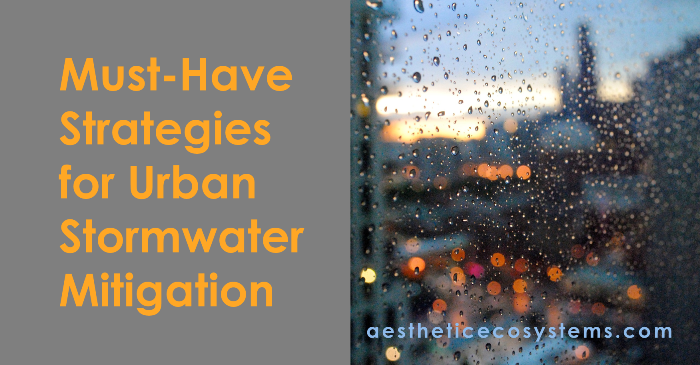
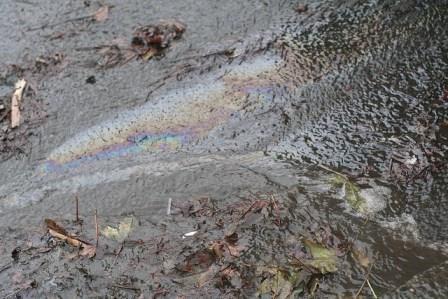

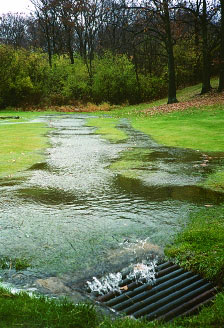
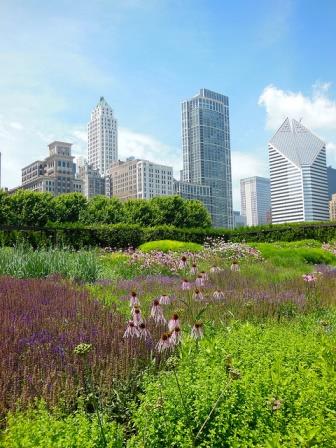
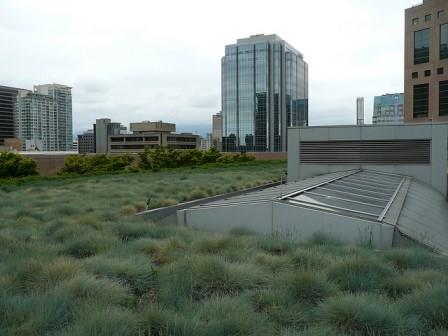

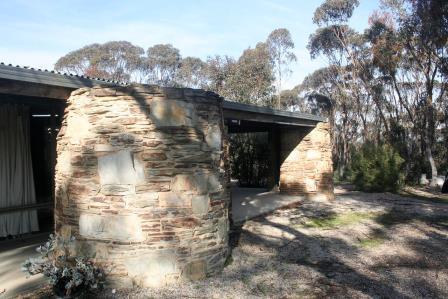
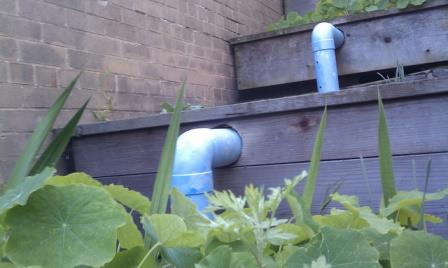
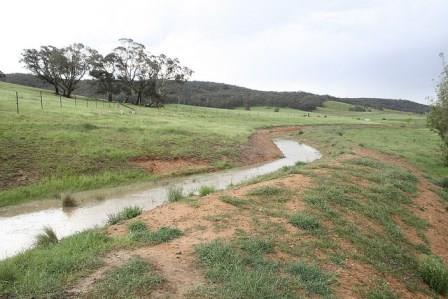
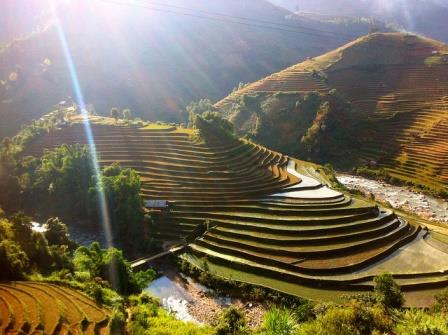








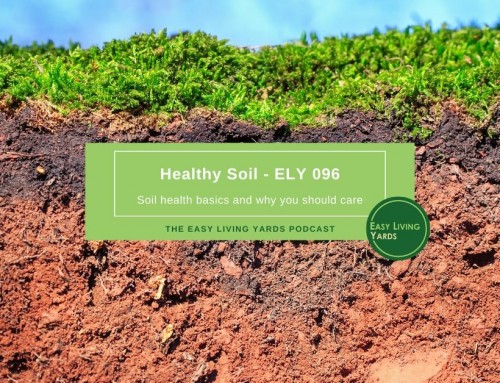

Leave A Comment